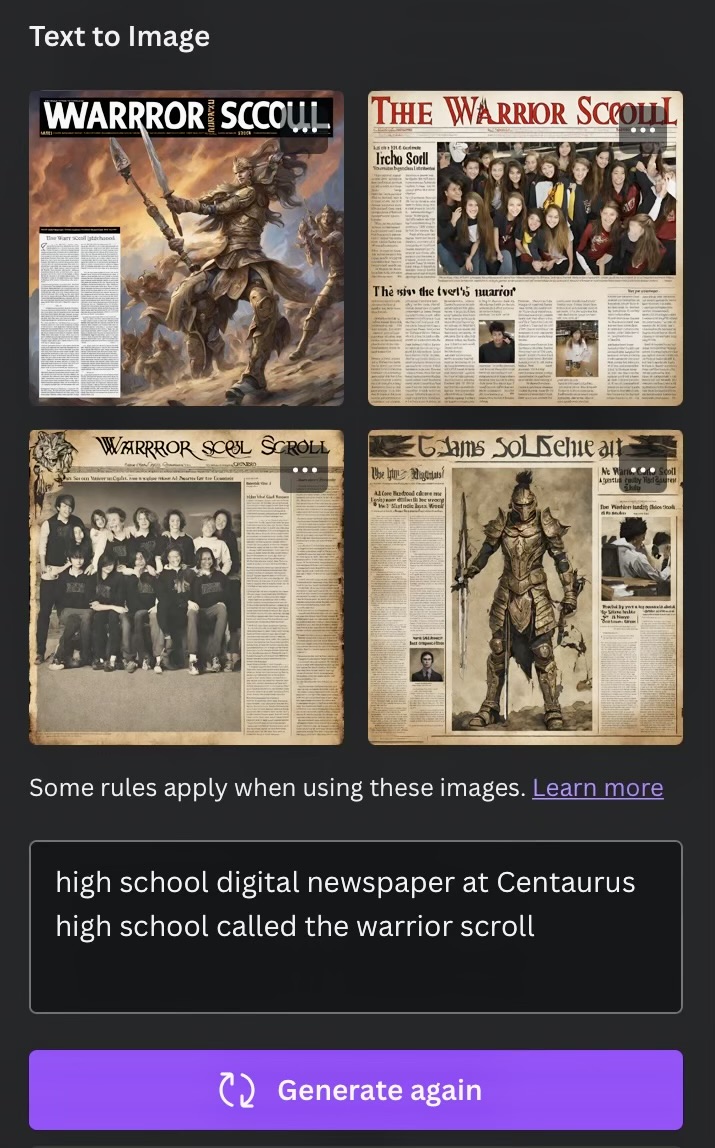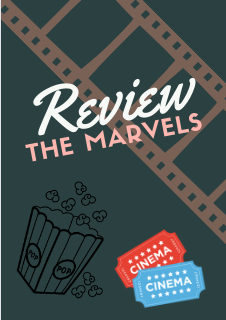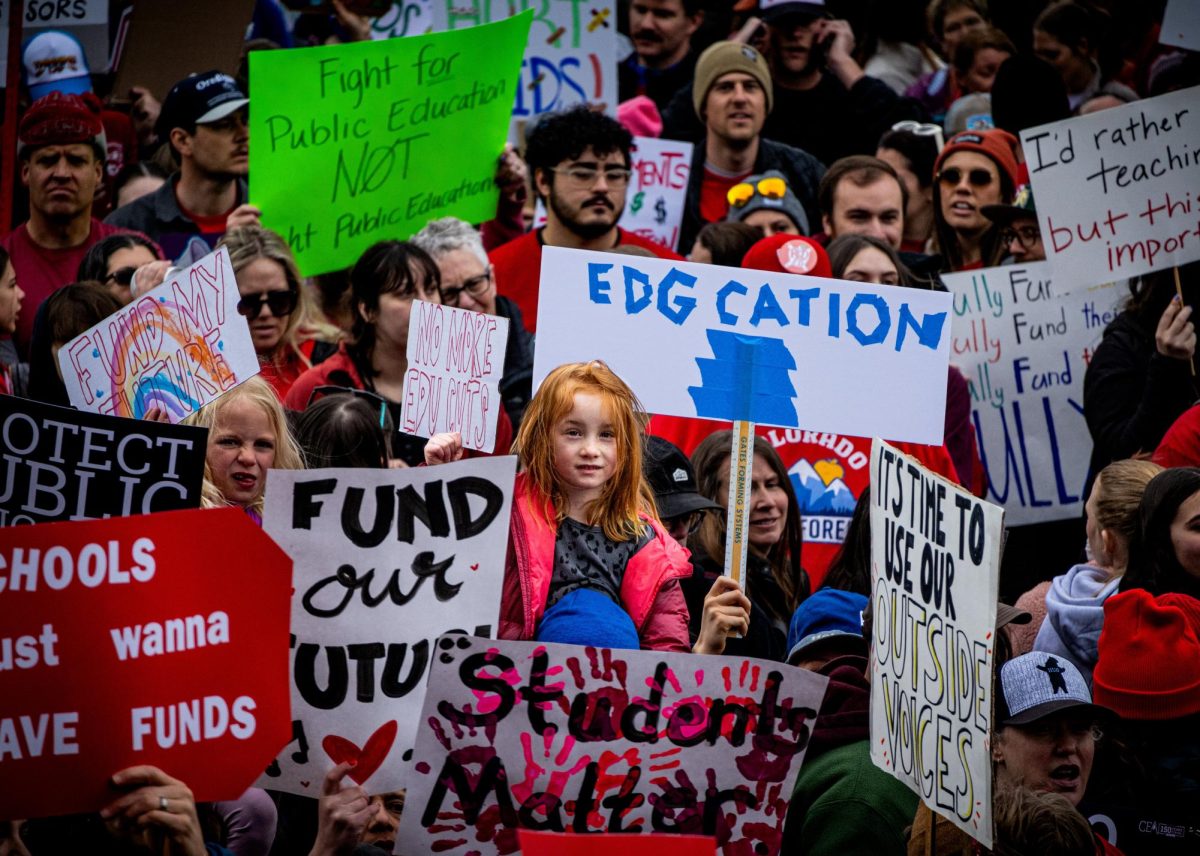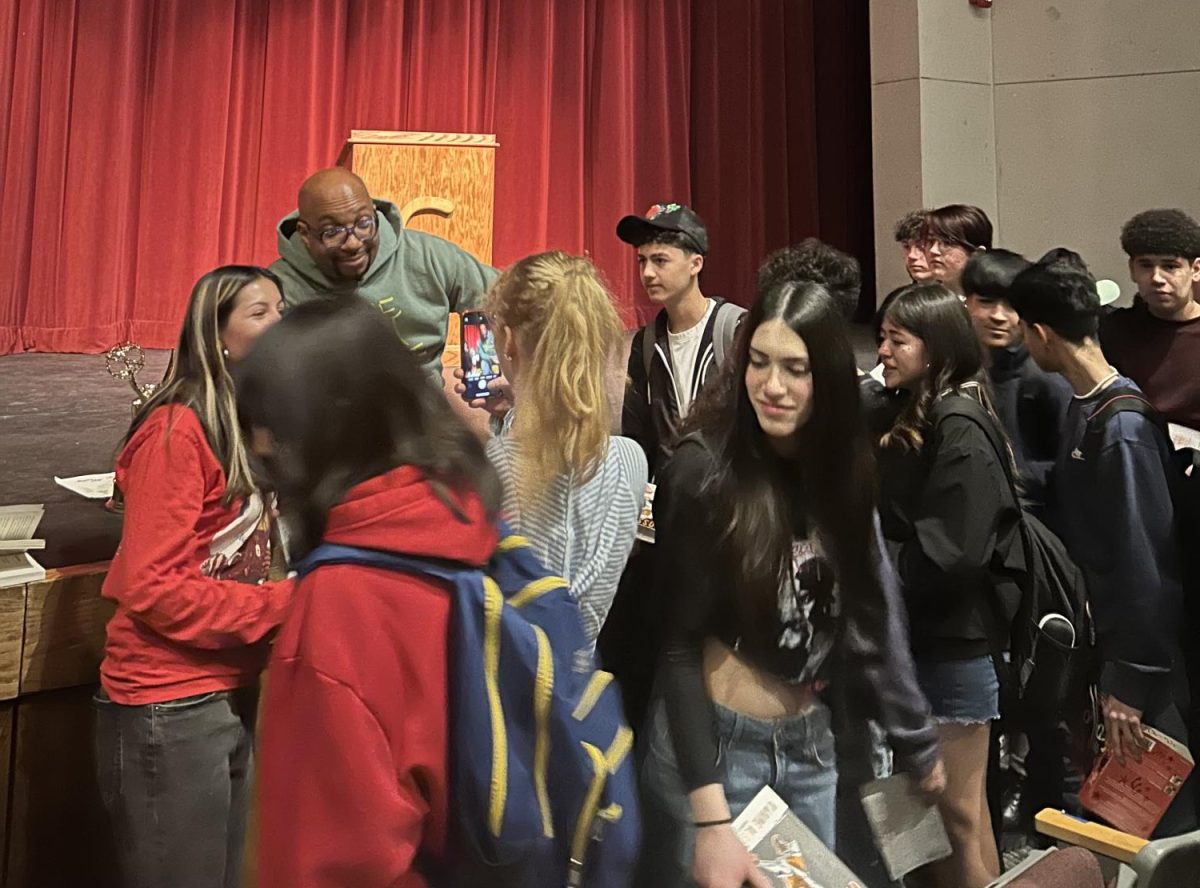Beginning as a subject of science fiction more than 80 years ago, AI has become an increasingly prevalent figure in society. Across social media, and on various websites, apps and platforms, AI is used for many different purposes, whether good or bad.
AI, or artificial intelligence, is machine learning technology with the capability to complete tasks that normally require humans. It can make decisions, solve problems, or create art. It also has the ability to recognise speech and translate between languages.
Since this technology has become mainstream, it is being used in a multitude of different ways. With the increased use of artificial intelligence, schools have begun to face ethical issues concerning the extent to which AI should be used in an education setting.
For many, AI is a tool with the potential to do great things. In science, it has allowed incredible breakthroughs in research. Machine learning has become the core of many companies, including Google and Amazon, which has allowed for remarkable progress in terms of technology.
In schools, many learning websites are creating their own AI systems that help students study in an interactive way. Students can ask questions and receive help from artificial intelligence systems when teachers are not available with AI bots such as Quizlet’s Q-Bot.
Other sites, such as Canva, have AI art platforms. By giving the artificial intelligence a description, the machine can create images. ChatGTP is being used by students and teachers in school.
For LA teacher Ms. Dunbar, AI holds incredible opportunities to improve learning. When teaching “The Veldt” by Ray Bradbury, Ms. Dunbar used a slideshow full of AI generated pictures of characters and scenes from the story to give some background. “It was one one of the most engaging lessons,” she remarked. ”Certainly the best experience I’ve ever had teaching that story.”
Other teachers have also taken advantage of AI in their teaching. Ms. Hammock, who teaches history, has used AI in her IB classes to help her students draft strong research questions for their IA. “After [my students] chose their topic and wrote their own question, we played around with having AI rewrite their question to see if it would be more exact or more focused.”
Another LA teacher, Mr. Hensley uses AI to revise essays and plan his lessons. “I started working with it last year to get ahead of this,” he said. “Students are using AI in their learning,” Mr. Hensley reflected. He believes that teachers should not be afraid of using it either.
By using AI, he is able to work more efficiently. “I graded 95 students in under two hours,” Mr. Hensley explained.
For many students, AI also has unique opportunities. Avery Zwisler, a junior, has used AI to create pictures for presentations. Another student, Will Mccurry, sees value in its language capabilities. “I only really use it to remind me of basic rules and clarify wording. I think it’s really interesting though,” he said.
“It’s pretty cool, and it’s capable of a lot of things that humans aren’t,” Adrian Swanson, a senior, said. “I am more excited to see where it can go, in the future, how it can solve some of our problems.”
However, there are drawbacks to AI. There have been multiple instances of students using it in their classes, specifically in LA, where kids have used AI to write essays for them. It has led to questions over its validity in the classroom, and teachers and students alike worry about how it could be used.
The many ethical concerns surrounding AI focus on the newness of the technology and unsurety over how to best control and regulate it.
For Kate Weaver and Elena Wood, the costs of AI outweigh the benefits. “I think it will honestly be more consequential than good,” Elena said. She fears that increased reliance on artificial intelligence will take away people’s jobs.
“It’s a little intimidating that AI could be used for everything,” Kate agreed.
Kai Rebb also sees danger in AI’s art capabilities. “I think, mostly, it’s kind of taking art from people who are actually making it.”
Teachers are just as wary. Ms. Johns, who teaches LA and yearbook, has seen students try to pass off work written by AI as their own. “In our context, where we are trying to get [students] to do the thinking, have the conversations, experience [writing]… it feels sort of like a trap, it pulls people off course,” she said.
Ms. Wieronski has also seen AI generated work turned in by students. “It’s just disappointing because you do all this work to get [students] to think more deeply about something, or to come up with their own unique thoughts or ideas and they use a robot to tell them what to think.”
In general, though, people are mixed. Principle Dan Ryan sees benefits to this new technology along with the bad. “I think it has a lot of potential to be a very helpful tool, but I think it also has a lot of potential to cause problems, and stifle people’s ability to learn how to do things. But my hope is that it becomes a tool to enhance peoples’ work.”
“I am old enough to remember when people thought using calculators all the time would mean that no one ever knew a math fact.” Ms. Hammock recounts, “Things change, people change, tools change, and usually when a tool changes, we figure out a way to make it work.”
Only time will tell what future AI will hold in our society. So, for now, it is up to you to decide if it will be used for better, or worse.















